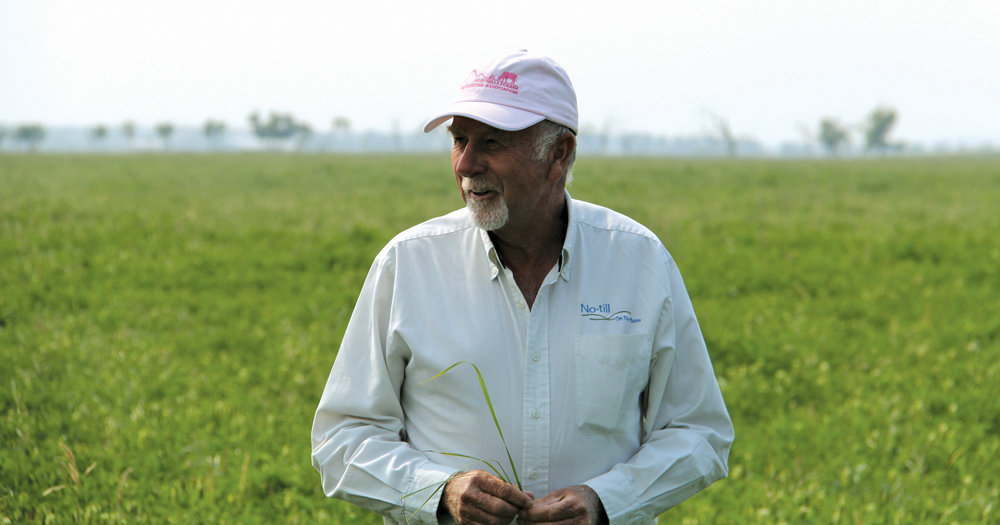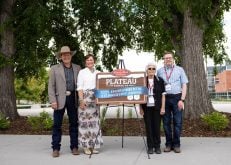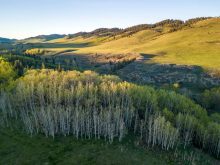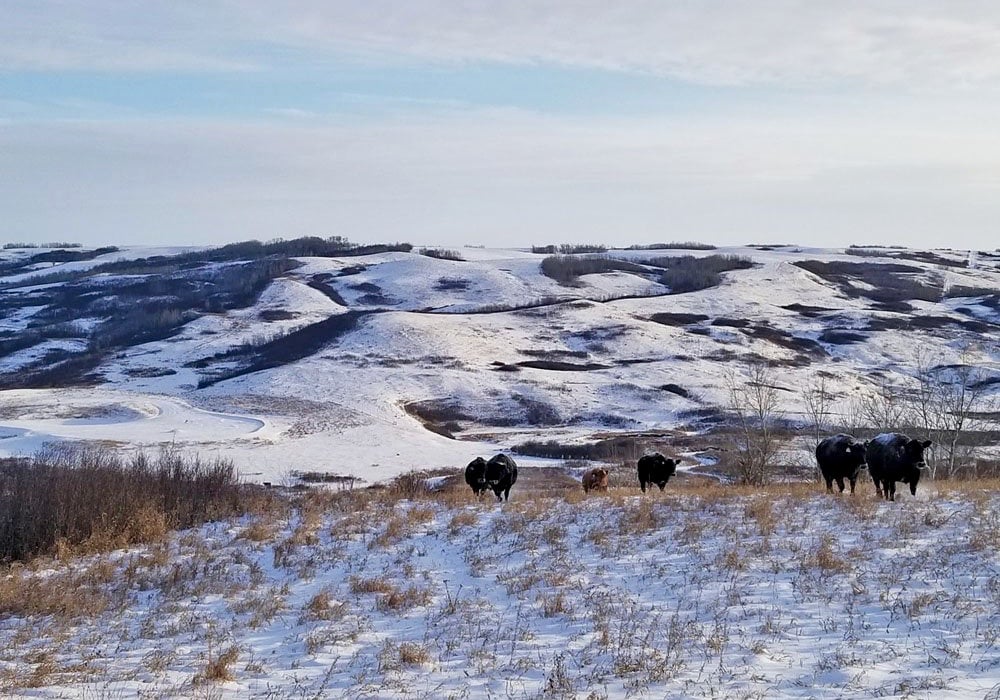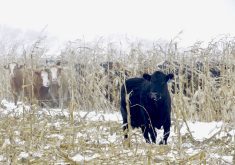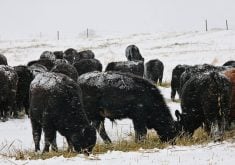If farming these days is all about managing inputs, then grazing comes down to managing the land itself — the sunlight, water, minerals, and biodiversity that make pasture lands grow.
“We can’t control the price of oil; we can’t control the cost of steel for making farming equipment; but we can manage and control these (pasture) components,” said Jim Gerrish, an Idaho-based grazing consultant.
“This is what we’re going to be building our management strategies around.”
The first step to getting more out of pasture land is “building a better solar panel.
Read Also

Grazing ‘sweet spot’ boosts pasture performance
Timing-focused approach to pasture management touted to boost forage growth, livestock gains while also cutting farmer labour and inputs
“When you buy an acre of land, you’re buying 43,560 square feet of solar panel,” Gerrish said during a webinar hosted by Organic Alberta last month.
“Every time we go out on the pasture range, we need to be looking to the vegetation there and asking, ‘How good is your solar panel?’”
And bare soil is not what you want to see.
“Any time you see sunlight hitting bare soil, you should think, ‘That’s a pound of beef I don’t have to sell,’” he said.
Producers have a fear of “wasting grass” — leaving green plants in the pasture — but green leaves capture more solar energy and boost regrowth potential.
“It takes grass to grow grass,” said Gerrish. “The fact is by wasting that grass, we’re actually going to grow pastures back faster, and in the end, we will produce more.”
A Missouri study found pastures grazed down to two inches took 64 days to grow a ton of feed, while ones grazed to four inches only took 40 days to produce that ton.
“There’s a huge impact from grazing that pasture shorter. The people who do that because they’re afraid of wasting grass end up shooting themselves in the foot because they end up with a lot less feed than what they could potentially have.”
Water and nutrients
Next is managing water.
“Just like an acre of land is 43,560 square feet of solar panel, it’s also 43,560 square feet of water catchment,” he said.
“Our day-to-day decisions on grazing management are going to have a tremendous impact on what happens to the water that falls on your land.”
Surface run-off and leaching are signs and warning signals, usually because of a lack of vegetative cover. Less regrowth means less organic matter, “increasingly poor soil structure,” and compaction.
“The soil then has poor water-holding capacity, so it doesn’t have the capability of growing very much vegetation. Then we get excessive run-off,” he said.
“This is a repeating cycle that each season gets worse and worse and worse.”
Vegetative cover and a litter layer minimizes evaporation and maximizes transpiration to create “a sponge effect.”
Next is nutrients, said Gerrish.
“Some land has more minerals, some land has less minerals, but with our grazing management decisions, we can have a bearing on how efficiently those nutrients are being used.”
Hay and livestock remove minerals, but cattle are natural nutrient spreaders, he said. Over 90 per cent of cattle feed returns to the pasture as manure and urine — and “where that manure and urine fall are factors in how effective that nutrient cycle is going to be.”
“This is why you can go long time periods without fertilizing pastures if you have good grazing management that gives distribution of manure and urine across the field,” he said. “The way we accomplish that is through grazing at a higher stock density and concentrating nutrients on a limited area in a shorter period of time.”
Biodiversity
The final step is having more types of forages.
“I totally buy into the concept of biodiversity for our pasture and rangeland health,” said Gerrish. “The broader the plant community, the greater the ecological stability.”
Having a wide array of different forages can put different nutrients in the soil, attract beneficial bugs, and have “green, growing leaves more days of the year.”
“If you have a diversity of plants, you’re probably going to have more photosynthesis per acre and therefore more forage production over the course of the season,” he said.
It all adds up to reduced fertilizer costs, improved animal nutrition, and more production. Reducing winter feeding costs through intensive grazing is even better for the bottom line, he added.
“We can manage more intensively in every season, but in the cow-calf business, there is more money to be made by managing grazing intensively in the wintertime than there is in the summertime,” he said.
“If we can extend the grazing season and reduce winter feed costs, for a lot of ranchers that’s the difference between making money and losing money.”

